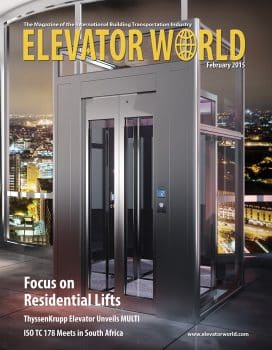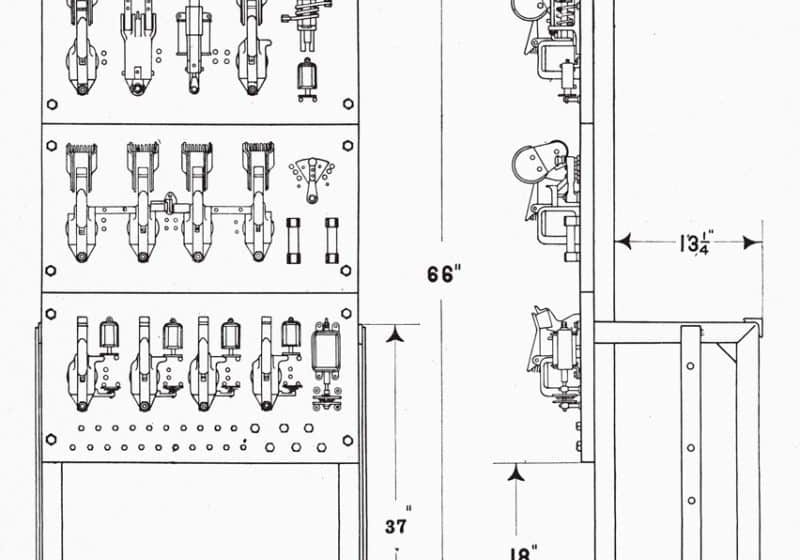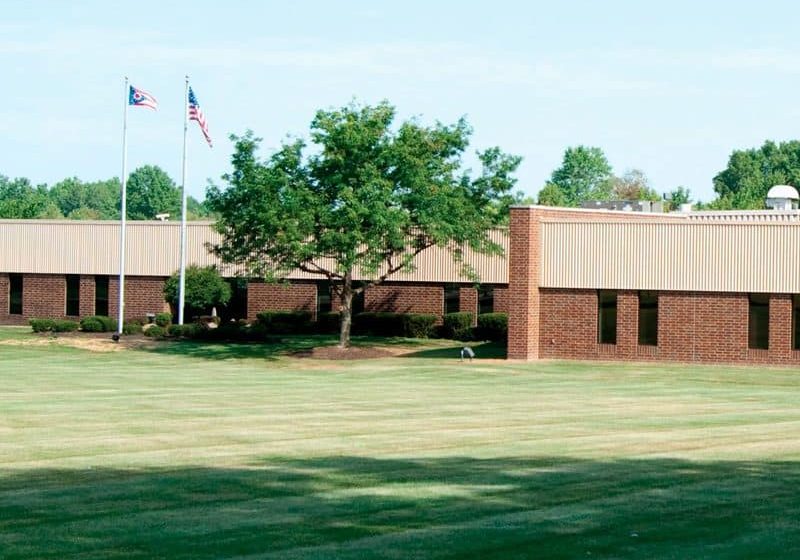The case for AHJ adoption of the newest model code in its pure form is made.
© National Elevator Industry, Inc. (NEII®)
To answer the question posed in this article’s title, some simple explanation is in order. A model code — whether it addresses elevator safety, building construction, energy efficiency or access for persons with disabilities — is a body of design, construction, manufacturing or installation criteria developed by a national or international consensus of experts and applied to our built environment. Model codes are not laws or regulations until they are adopted by a specific jurisdiction, typically a state or province.
By contrast, local safety, building and energy codes are developed by each individual jurisdiction and are applicable only in that jurisdiction. Most U.S. states and localities have abandoned their homegrown codes, except when it comes to accessibility. Numerous states that adopt model codes and standards for the majority of their requirements (electrical, elevator, plumbing, etc.) continue to maintain their separate accessibility codes.
So, why does this matter? Major advances in equipment safety, such as building-transportation design and energy efficiency, are lost on jurisdictions that still reference outdated model elevator and escalator codes from the 1990s or early 2000s. In addition, a jurisdiction that “adopts” a 400-page code with 80 pages of amendments no longer uses a model code. It becomes a homegrown code in a model-code skeleton and, undoubtedly, creates more burden and expense for its constituents as a result. Jurisdictions should review and update their codes on a regular basis and adopt the latest model codes without amending the technical provisions.
Why adopt the newest model codes without amendments?
- They are developed through consensus by a body of experts in which no single interest group is dominant. This includes inspectors, designers, manufacturers, end users, regulatory authorities and research personnel. This level of expertise cannot be replicated in any single jurisdiction.
- The consensus process facilitates consideration of input from interested parties on an equal basis. This prevents any one party, group, jurisdiction or company from commandeering the discussions or controlling the outcome.
- States and localities that continue to face more challenging budgetary times can rely on the model codes. This avoids wasting valuable resources reconsidering issues that have been vetted by a wide range of industry and other professionals.
- They are constantly refined to reflect up-to-date safety practices and new technology. Updating (typically on a three-year cycle) also makes them self correcting, as outdated or ambiguous requirements are field tested in hundreds of jurisdictions and corrected by the code writers.
- More cost-efficient designs are reflected in the newer codes. For example, machine-room-less elevators are energy efficient and take up less usable space in a building but are not recognized in elevator safety codes that predate 1995.
- Building owners and businesses benefit from economies of scale that result when a building-transportation system installed in Buffalo, New York, can also be used in Cincinnati, Atlanta and Phoenix.
- Model codes address unique regional conditions like snow loads, seismic design and floodplain concerns, making local codes unnecessary. Model codes are also harmonized with one another. Examples include ensuring the seismic requirements of the elevator and escalator safety code are consistent with those of the model building code and elevator emergency operation that works hand-in-glove with the national fire alarm and signaling code.
- Green technologies like escalators that slow down when not in use or elevators that regenerate electricity and return it to the grid are addressed in the newer editions of the ASME A17.1/CSA B44 Safety Code for Elevators and Escalators when adopted by a state or province.
A recent Wall Street Journal article posed the question of whether Henry Ford could design, manufacture and market the Model T in today’s environment of conflicting government regulations. We at NEII® are not sure, but if the regulations could be written by a group including Ford, the transportation authority, a few drivers, the headlight manufacturer and a local traffic cop, for example, chances are the resulting consensus of experts would write rules that would keep Ford in business and his cars safe for the driving public. Model building, safety, energy and accessibility codes work much the same way, with every affected interest contributing to the safest and most cost-effective design criteria possible. Adopting the latest model codes without amendments is the only way states, provinces and local jurisdictions can avail themselves of these benefits.
Get more of Elevator World. Sign up for our free e-newsletter.









